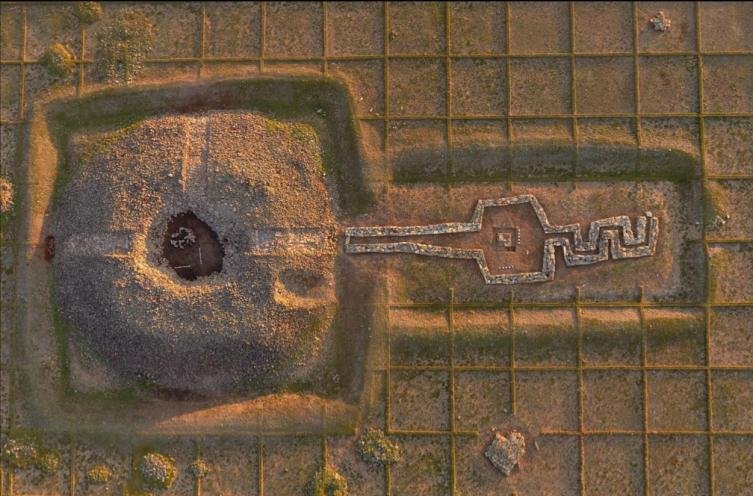Approximately 530 million years ago, a catastrophic event unfolded, causing an unprecedented extinction that wiped out nearly half of the Earth’s oceanic life during the Cambrian period. The Cambrian explosion, a period marked by the sudden appearance of diverse...
Approximately 530 million years ago, a catastrophic event unfolded, causing an unprecedented extinction that wiped out nearly half of the Earth’s oceanic life during the Cambrian period. The Cambrian explosion, a period marked by the sudden appearance of diverse marine life, was followed by a major extinction event, eliminating 45% of oceanic species.
While traditional beliefs attributed this mass die-off to expanded marine anoxia, new evidence suggests a different and more sinister cause: a surge of hydrogen sulfide gas in the oceans.
 Trilobite fossils in the sediment. Credit: Merlinus74/IStock
Trilobite fossils in the sediment. Credit: Merlinus74/IStock
The prevailing view, based on lithological changes, had long held that the extinction was primarily caused by an expansion of low-oxygen, or “anoxic,” conditions in the oceans. The theory proposed that the rapid spread of these conditions was triggered by the explosion of Cambrian life, which led to the decomposition of organic matter on the seafloor, depleting oxygen levels in the water column.
However, recent research challenges this perspective, presenting compelling evidence that a surge of hydrogen sulfide played a pivotal role in this ancient marine crisis.
Geochemical investigations on the Yangtze Platform in South China, a vast underwater plateau during the Cambrian period, revealed high concentrations of molybdenum in sediments from the extinction period. Molybdenum, a chemical element carried from terrestrial rocks into the ocean, becomes a reliable proxy for ocean conditions over millennia. The researchers, led by Chao Chang, a geochemist from Northwest University in Xi’an, China, discovered that molybdenum levels indicated the presence of hydrogen sulfide in the water.
Chang explained that molybdenum “can combine with sulfur to form insoluble compounds” that are then deposited in sediments. The occurrence of this process at higher rates in sulfidic waters, particularly when hydrogen sulfide concentrations are high, strongly suggests a correlation between elevated molybdenum concentrations and the toxic gas in the ocean.
The researchers propose that the surge in hydrogen sulfide resulted from an oxygen deficit caused by an explosion of organic matter. As microbes feasted on decomposing material, they converted sulfate into hydrogen sulfide, leading to the toxic wave that devastated marine life.
While the study focused on the geological record of the Yangtze Platform, researchers believe that the toxic spread was a global phenomenon. The long-lasting nature of molybdenum in the ocean, with a residence time of hundreds of thousands of years, implies that molybdenum isotope levels in one patch of ocean sediments reflect the average conditions of the entire sea.
The research, published in the journal Geophysical Research Letters, challenges the conventional understanding of the Cambrian extinction event and raises questions about the factors leading to anoxic conditions and the subsequent sulfidic wave.
The post Ancient marine extinction revealed: hydrogen sulfide gas found as key culprit appeared first on Archaeology News Online Magazine.















